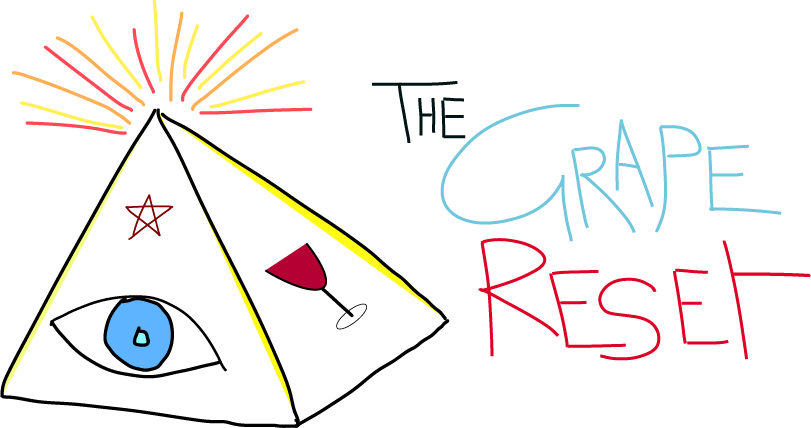Tetta & Yuki Nakashima – Domaine Tettta (Niimi, Okayama Prefecture)
Domaine Tettta is the creation of Tetta and Yuki Nakashima, a husband-and-wife team who transformed their small vineyard in Niimi, Okayama, into one of Japan’s most admired natural wineries.
The estate’s name, “Tettta,” comes from Tetta’s nickname and reflects the intimacy of their work—everything is done by hand. Their vineyards are planted on limestone and granite slopes at 300–400 meters elevation, farmed organically with cover crops and composting to maintain soil health.
Fermentation occurs spontaneously with wild yeast, and the wines are bottled without fining or filtration. Domaine Tettta’s range includes Chardonnay, Muscat Bailey A, Delaware, and Merlot, often made in vibrant pét-nat or orange styles.
Their philosophy is to create wines that are alive, joyful, and transparent—each bottle an expression of place and human touch.
Key People
The primary figures associated with Domaine Tetta are:
Ryuta Takahashi (Founder): He returned to his hometown and, drawing on his background in construction, recognized the value of the local limestone-rich soil on an abandoned plot of farmland. He founded the company in 2009 with the goal of revitalizing the local land through winemaking, with the modern winery building completed in 2016.
Yoshiya Kanno (Winemaker): He took over the winemaking responsibilities in 2020. He studied under Japanese natural winemaking legend Beau Pasage in Yamanashi Prefecture.
Winemaking Philosophy: Terroir and Minimalism
Domaine Tetta is dedicated to a natural winemaking philosophy, focusing on expressing the unique characteristics of their soil with minimal intervention.
Terroir Focus: Limestone Soil ⛰️
The key to Domaine Tetta's wines is the calcareous (limestone) soil in the Tetta district, which is a global rarity for grape growing in Japan and is similar to the soils of renowned French regions like Champagne and Chablis. This soil structure is believed to contribute deep flavor, structure, and minerality to the grapes.
Minimal Intervention Practices
The winemaking process emphasizes letting the grapes' power "finish the wine," keeping artificial substances to an absolute minimum:
No Additives: No supplemental sugar or acid is added.
Wild Yeast: Fermentation is conducted slowly using wild yeasts found naturally on the grapes.
Gravity Flow: The winery utilizes a gravity flow system instead of forced pumps to gently move the grapes and wine, minimizing oxidation and stress on the liquid, which in turn reduces the need for added sulfites.
Low SO2: Antioxidants (sulfites) are kept to the bare minimum, and some wines are made with no added sulfitesat all.
Rain-Shelter Cultivation: To manage Japan's high humidity and rainfall, the vineyards use rain-cut (vinyl) coverings to protect the vines, allowing the grapes to ripen slowly and healthily.
Grapes and Styles
Domaine Tetta grows over 30 grape varieties across its 8-hectare estate, with a focus on both international and Japanese varieties for experimentation.
White Varieties: Chardonnay, Sauvignon Blanc, Muscat Alexandria, and Koshu.
Red Varieties: Cabernet Franc, Merlot, Pinot Noir, and the Japanese hybrid Muscat Bailey A.
Signature Styles: Wines often feature a light body, complex depth of flavor, and a distinctive Panda label. A notable wine is the Chardonnay Perlant, a slightly sparkling wine that has gained international recognition.
The video below offers a look at a different Japanese family winery, Domaine Nakajima, which also focuses on natural wine in Japan.

